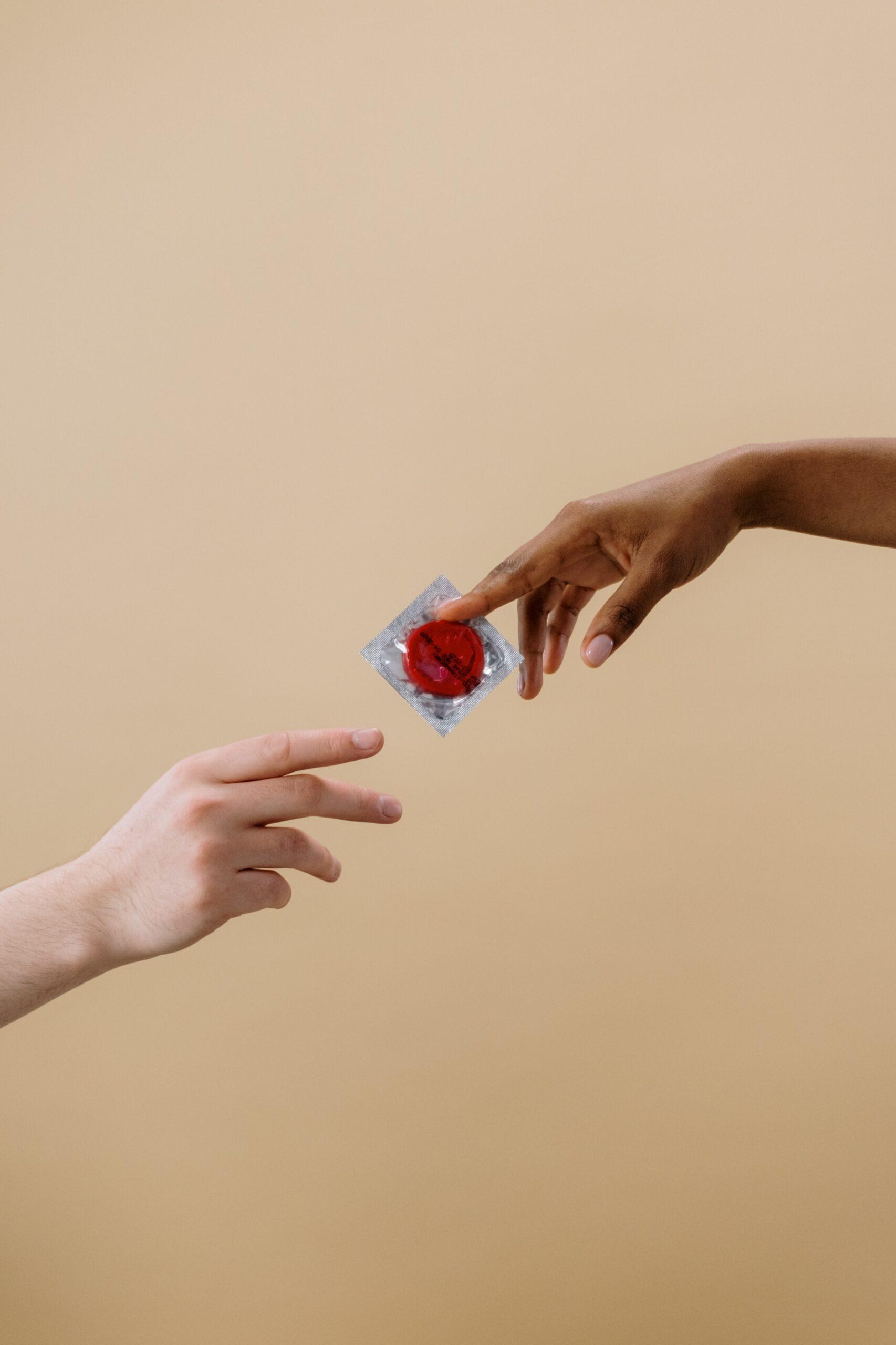
Body
Get to know your body through a better understanding of your anatomy and find the answers to some of your most common questions.
Back
All topics

4 resources

20 resources

6 resources

4 resources

6 resources
Back
All topics

9 resources

12 resources

4 resources

11 resources

2 resources
Back
Back
All topics

17 resources

11 resources

17 resources

2 resources

Mauj Products
We’ve designed our products to help you explore your body, solo or otherwise. Whether you’re a curious novice or a seasoned explorer, this is for you.
Back
All topics

4 resources

20 resources

6 resources

4 resources

6 resources
Back
All topics

9 resources

12 resources

4 resources

11 resources

2 resources
Back
Back
All topics

17 resources

11 resources

17 resources

2 resources

Mauj Products
We’ve designed our products to help you explore your body, solo or otherwise. Whether you’re a curious novice or a seasoned explorer, this is for you.
When it comes to the world of contraceptives, there are tons of options that require women to insert, inject, or ingest something or another, compared to a startlingly low number of birth control options targeting men. We have much to say about why that is, but for today we'll focus on taking a closer look at the pros and cons of one of these: the male condom.
The male condom is a "barrier" method of contraception and is designed to prevent pregnancy by stopping sperm from meeting an egg. Condoms are conventionally made of very thin latex. However, polyurethane and polyisoprene options are now widely available for people with latex allergies.
Like every other method of contraception, it offers both pros and cons.
The best part of using condoms is knowing you’re protecting yourself and your partner from unwanted pregnancy and STIs.
Did you find the answer you were looking for? Is there something we missed? What did you think of this resource? We want to hear from you.






